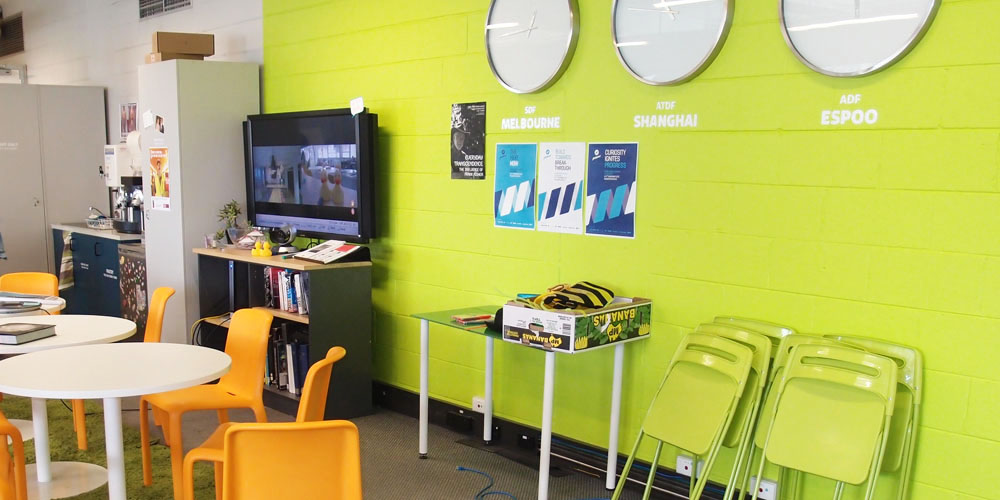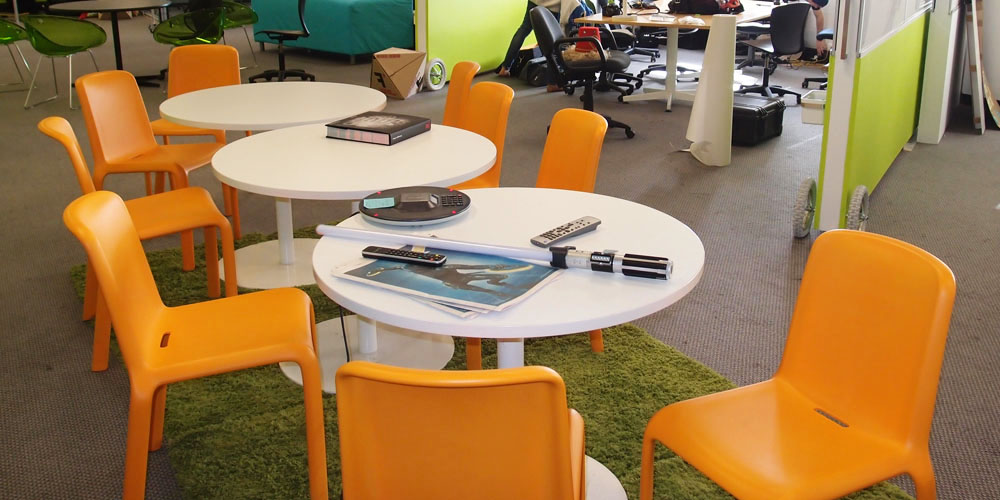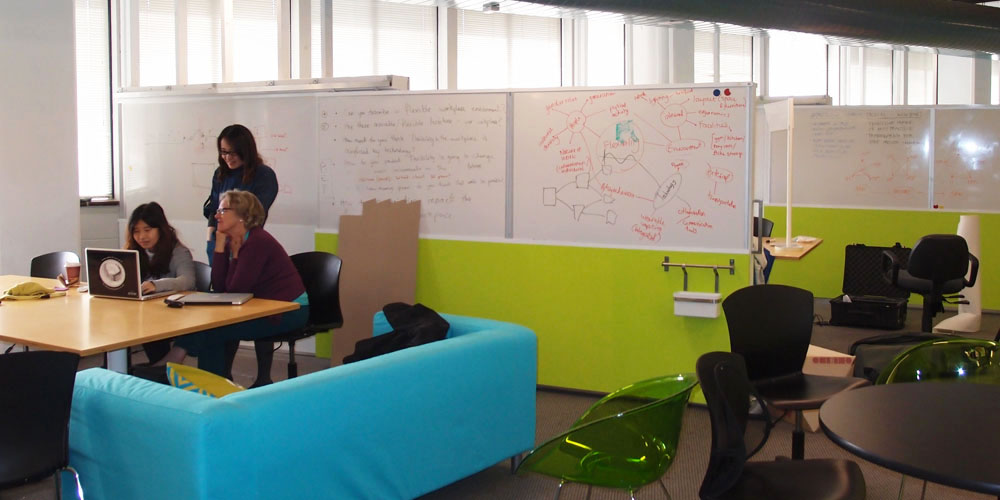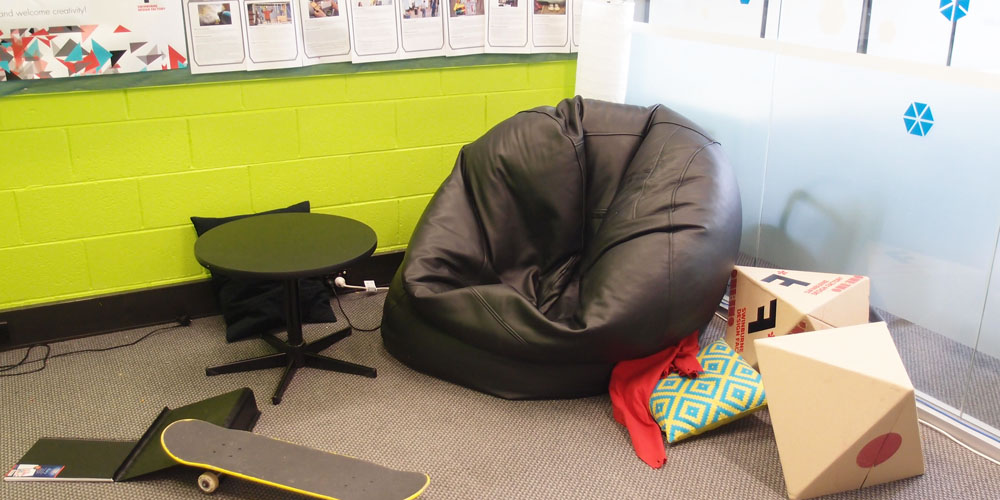Are you seeking a ‘magic tool’?
When an organisation decides to change its workplace (e.g. have an upgrade or move to a new location), the process they follow is roughly like this: (1) they get some plans organised (from an architect, designer, design and construct contractor, or in-house person), (2) they find the right people to get it built, and (3) they celebrate the completion of the project and then turn their attention to other duties.
Creating a new workplace is often seen as a one-off job where the outcome is a physical space that is static in nature, meaning that what the space looks like at the end of construction is what the space will look like for several years.
This approach is not dissimilar to buying a new car: you don’t want to choose the wrong model, because if you haven’t made the right choice, you’ll be stuck with it and need to bear the consequences for a long time. (You may feel unsafe or uncomfortable driving it, need to pay too much for maintenance, or be embarrassed about how it looks. You may even end up hating driving.)
Trying to create a workplace that works like a magic tool as it is – able to provide solutions for all sorts of challenges (some of which you may not even be aware of) – raises several problems:
- First of all, this is a daunting task, putting enormous pressure on designers and decision makers to make the right choices and minimise risks. So it’s more likely that the outcome will be a ‘bland’ space with features that have been proven to work for other people in the past, but that is lacking new and innovative solutions.
- And as a result, in a ‘finished’ work environment people are more likely to come up with ‘safe’ solutions rather than taking risks and experimenting with untested ideas; simply put, they are less creative.
Swinburne Design Factory
The designers of the Swinburne Design Factory (Prahran Campus) were fully aware of these issues, but also the opportunities offered by an ‘unfinished space’.
Swinburne Design Factory has been designed to serve as a platform for students and researchers to do innovative work in interdisciplinary teams. They are there to solve real life problems, and while doing this, to also experience new ways of learning and working, and to get better at what they do. Although it is technically an educational space, the nature of activities in the space is similar to the work in commercial businesses that value innovation and learning. So you might just as well call it a workplace.
Swinburne Design Factory is a recently refurbished, single open space in a university building. Entering this space is already an experience. Most of the walls and features are bright fluorescent green and orange. Diagonally positioned sliding walls – with whiteboard surface – separate the work areas of different groups, while providing means for capturing ideas. There are no isolated desks; the environment tells you that you are there to work with others.
I only saw a few students at the time of my visit, and yet the whole space was characterised by the strong presence of people; displays, notes on the walls, personal items, toys and clothes left behind, and signs of practical jokes. And the whole room looked somewhat messy and unfinished.
Designing for ‘mess’
In a conversation with Päivi Oinonen (SDF Coach) and Dr Agustin Chevez (Lecturer and Researcher in interior design) I learnt that the space was intentionally designed to feel unfinished.
They explained that when a space is polished and feels finished, it distances people and hinders their creativity. They not only feel that they cannot create mess, which is part of the creative process, but it also gives them the sense that it is not acceptable to have their projects or ideas unfinished. So they are less likely to venture into unexplored directions, take risks and experiment.
On the other hand, in an unpolished space students can become more engaged with their projects, feel liberated to move things, test things out that may not work, and also use humour. Which, by the way, also helps them to do what they do better.
The design of this new collaborative space took all of this into consideration, and has turned out to be really successful: it allows students to work in a way they couldn’t work elsewhere, and helps them produce outstanding results. Now the designers’ next challenge is to achieve the same atmosphere in a brand new building that the department is soon moving into. But they certainly seem to have the creative resources to tackle this challenge!






One Response